Life Changing Course
30+ Easy To Understand Online Video Courses With New Additions Published Every Month
Top courses

Reversible Handover in a Medical Emergency - Expert
(5)
(232 Reviews)
08 Hours of Content
44 Lectures
Bestseller

₹19499₹497
Last updated Fri, 19-Aug-2022
44 Lessons
08 Hours of Content
Hindi
Learn Now! how to manage a Patient in a medical Emergency, just before getting a Proper Medical Support, Either its a Doctor or an Ambulance.
- Learn, how to Handover a patient safely in the hands of proper medical support
- Learn, how to get expert in managing a medical emergency situation during the waiting period of getting medical support such as a Doctor, ambulance, etc
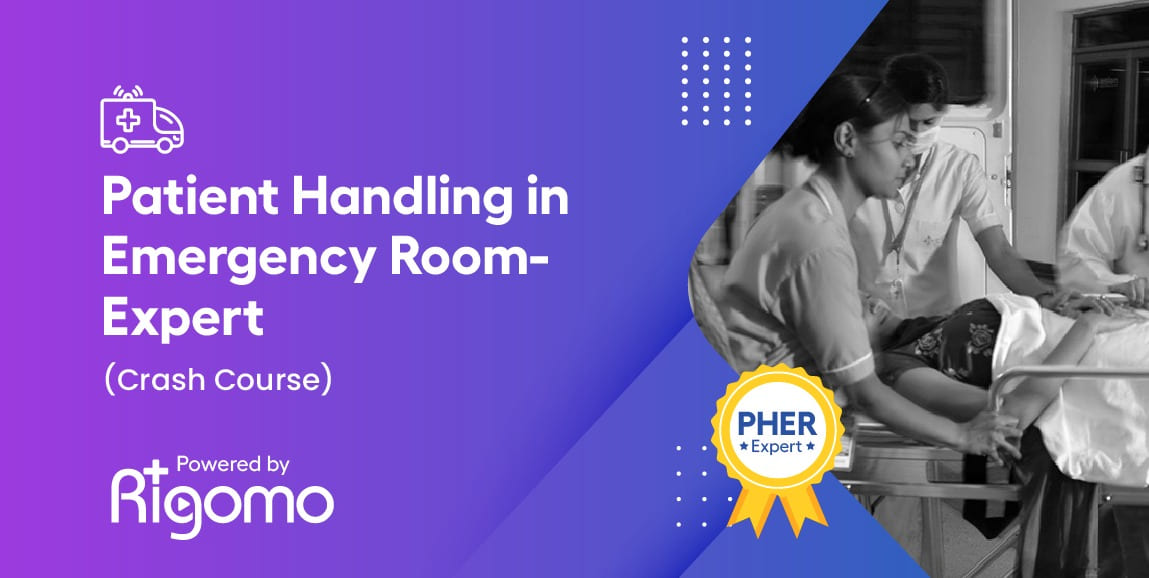
Patient Handling in Emergency Room Expert
(0)
(0 Reviews)
06 Hours of Content
33 Lectures
Bestseller

₹48999₹13995
Last updated Thu, 17-Nov-2022
33 Lessons
06 Hours of Content
English
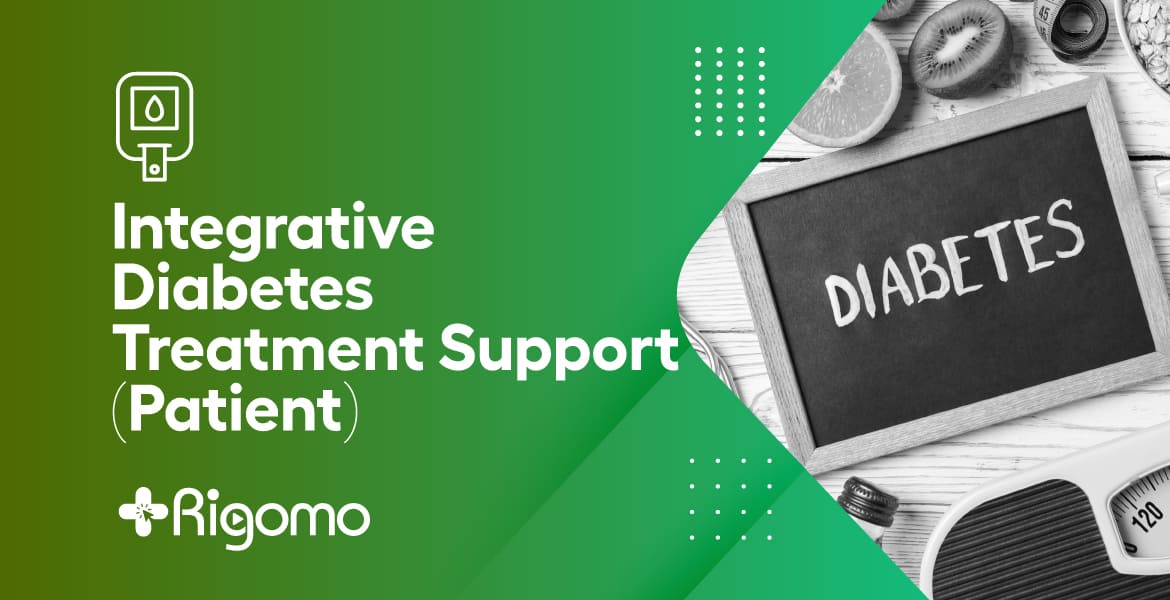
Integrative Diabetes Treatment Support (Patient)
(5)
(2 Reviews)
01 Hours of Content
16 Lectures
Bestseller

₹2900₹497
Last updated Mon, 01-Aug-2022
16 Lessons
01 Hours of Content
English
- The primary objective of this course is very clear, after completing this course you totally understand what is diabetes, Complications of different type of diabetes, what are the different treatment options available to treat each types of diabetes. Like:- Yoga, Diet, Ayurveda, Allopathy, Lifestyle And Medical Astrology,How can you protect yourself or a diabetic patient for the complications of diabetes ?
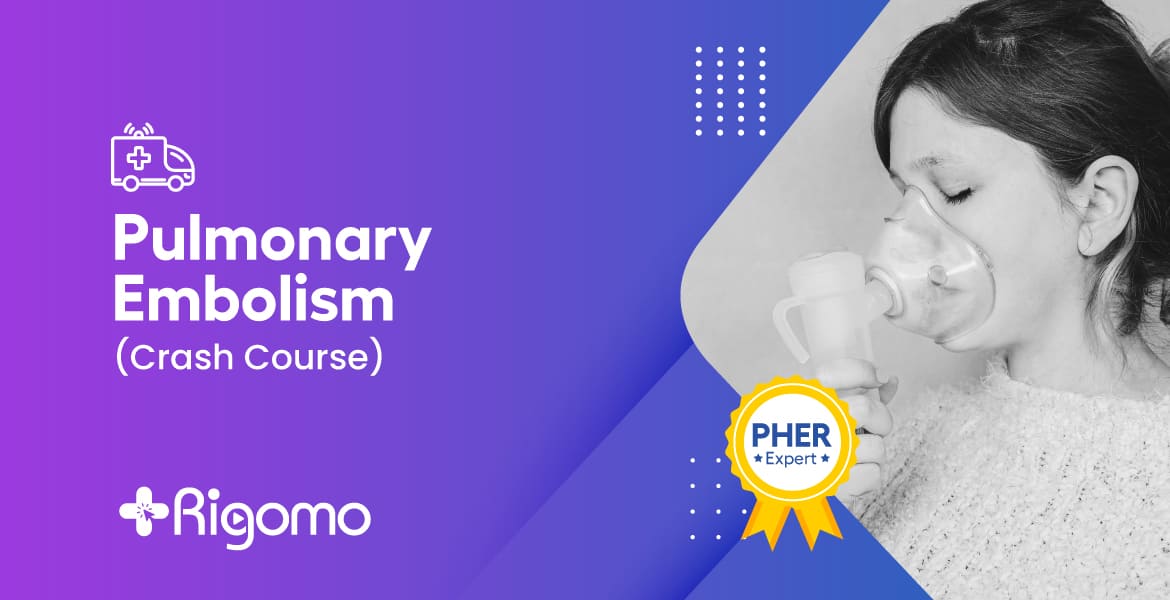
Certificate Course in Pulmonary Emergencies - PHER
(5)
(4 Reviews)
05 Hours of Content
19 Lectures

₹15600₹12999
Last updated Thu, 25-Aug-2022
19 Lessons
05 Hours of Content
English
Pulmonary emergencies are life-threatening conditions that occur when a person has difficulty breathing normally. In severe cases, the patient may be unable to breathe at all. Such emergencies require immediate medical attention to prevent the failure of critical organs, such as the heart and brain. A broad range of different pulmonary emergencies is covered, from pneumothorax, pulmonary embolism, and right heart failure to acute exacerbations of diseases such as asthma and chronic obstructive pulmonary disease. Pulmonary emergencies are quite common presentations to the Emergency room. The topics of pulmonary emergencies are designed to offer physicians a general understanding of what pulmonary disease is, how it's diagnosed and how it's managed in emergency situation.
- The primary objective for providing module on pulmonary diseases to save your patients’ lives by managing pulmonary emergencies on time.
- This course will be beneficial for those entire physicians who are practicing in the medical field.
- Learning how to manage different types of pulmonary emergencies, how to evaluate and treat during pulmonary emergency will save victim’s life.
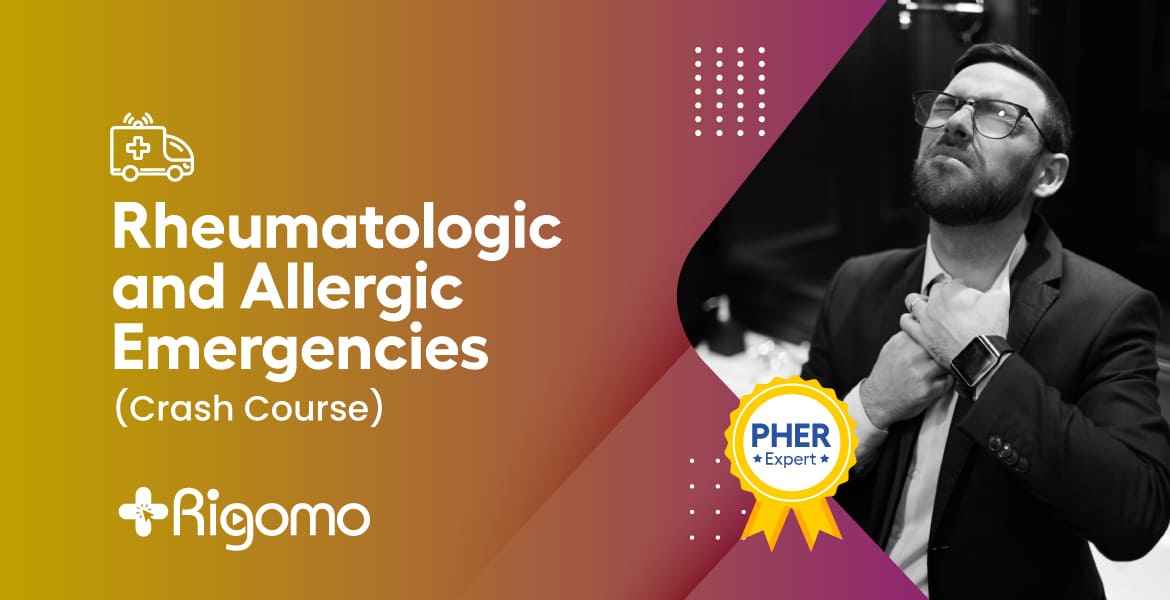
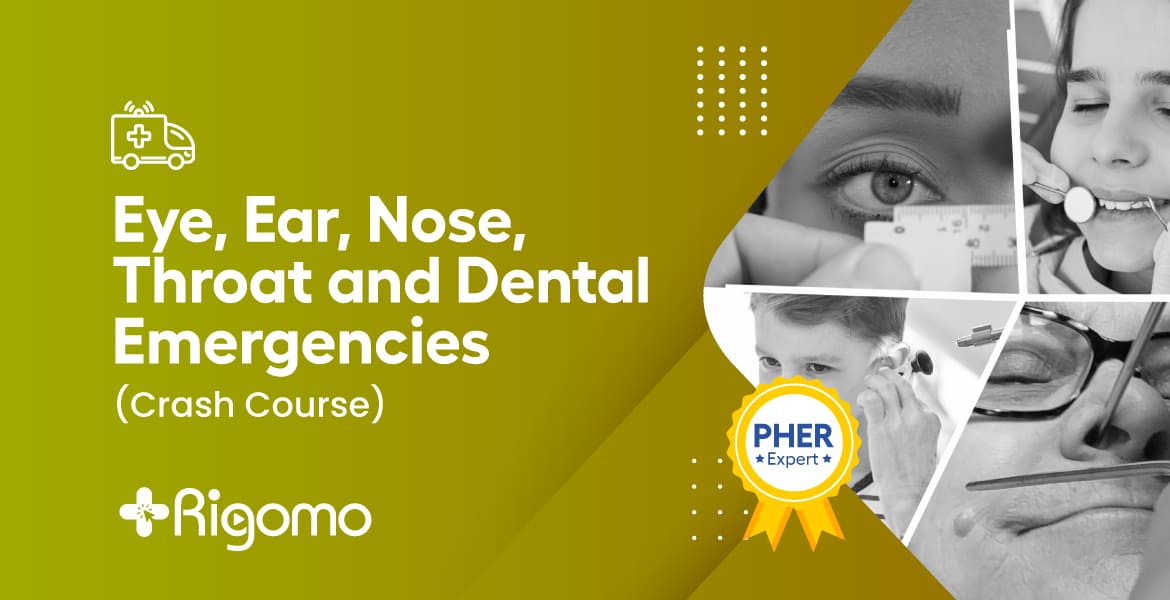
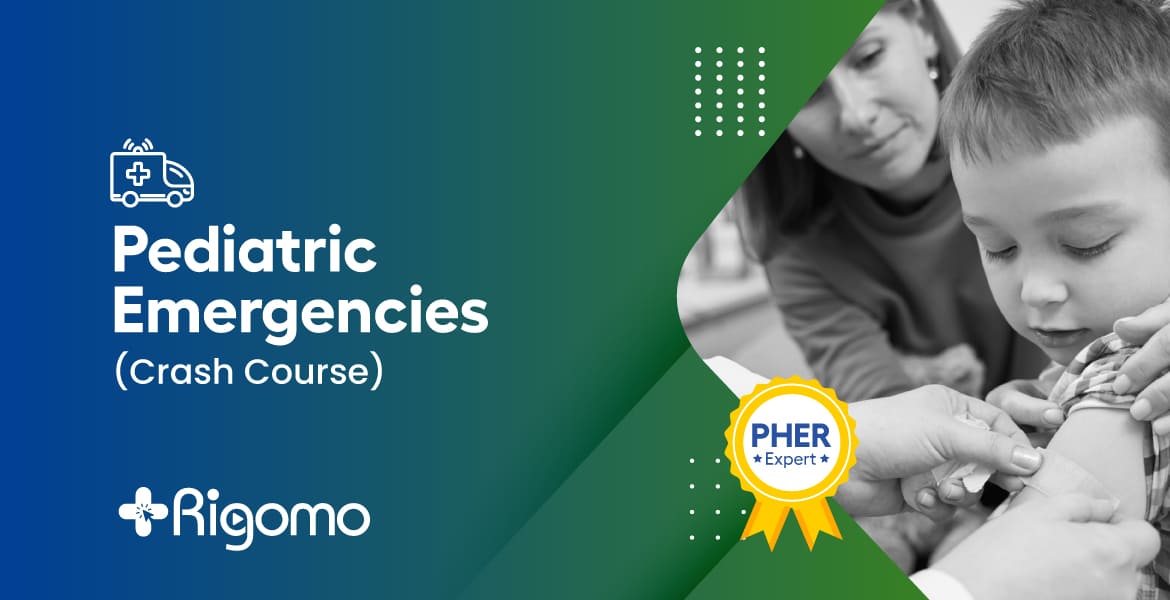
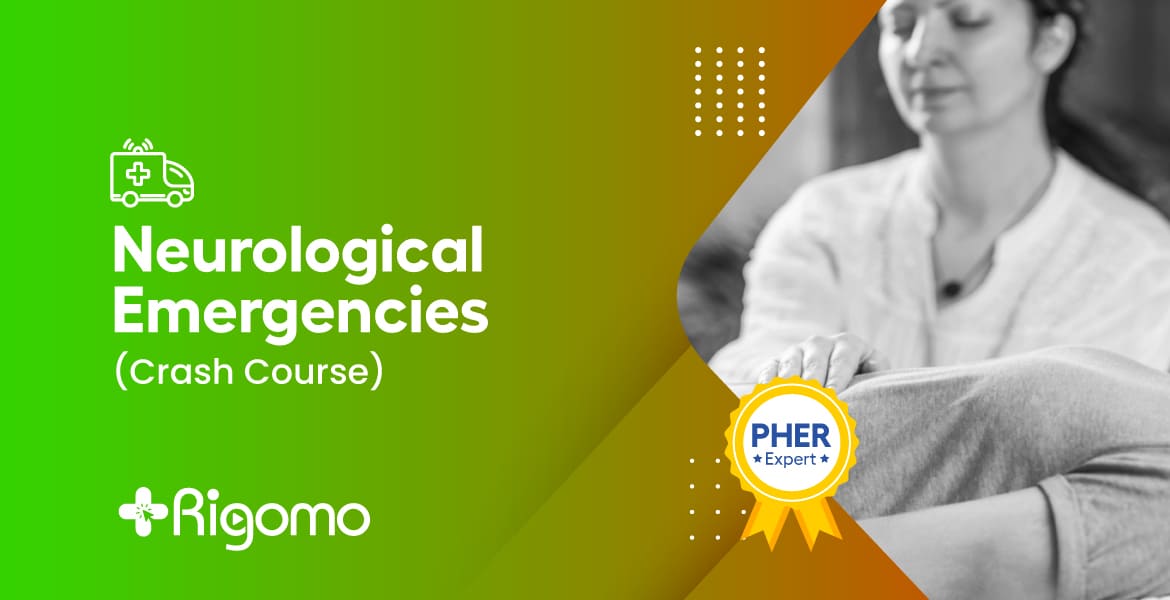
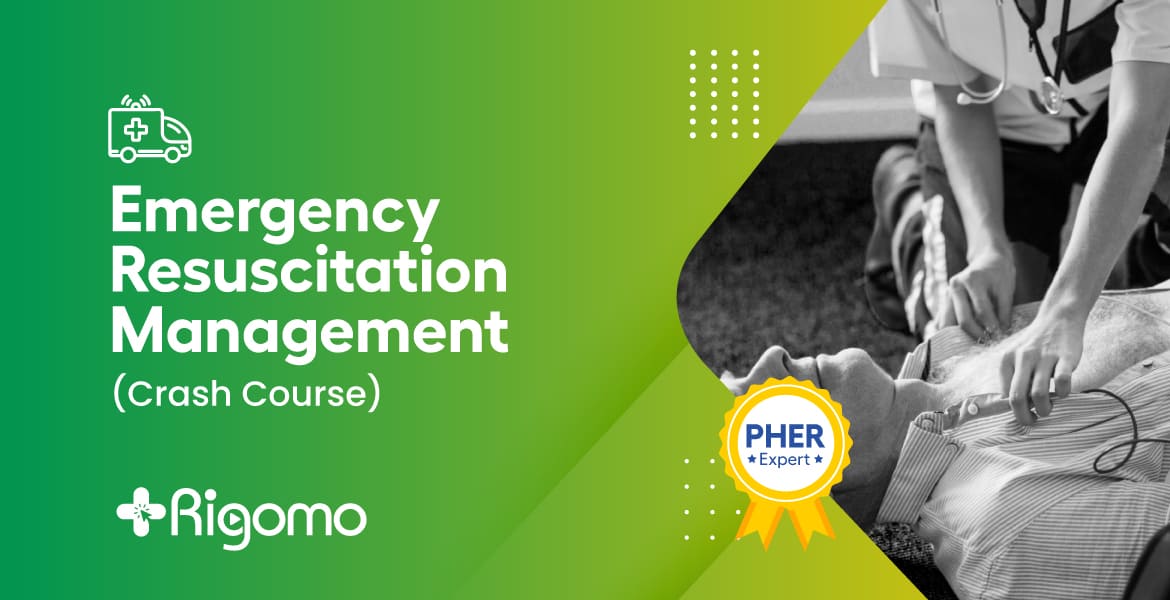











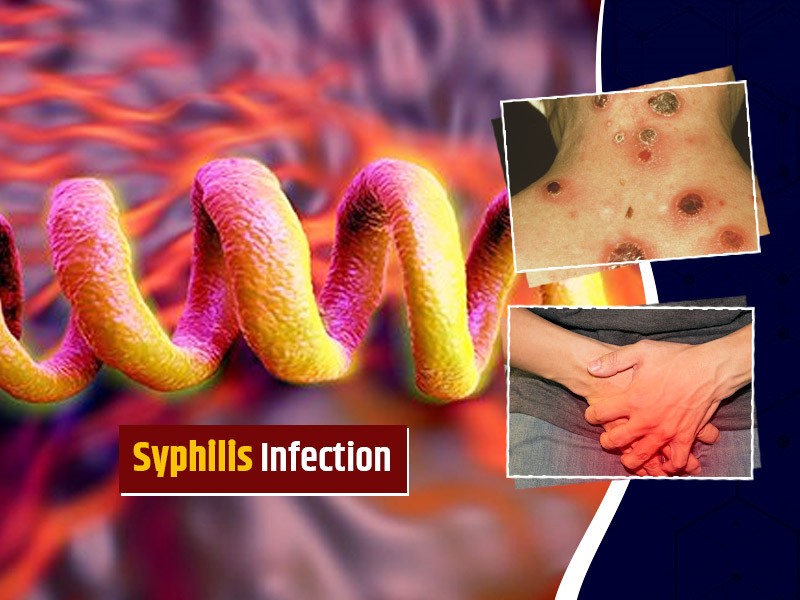

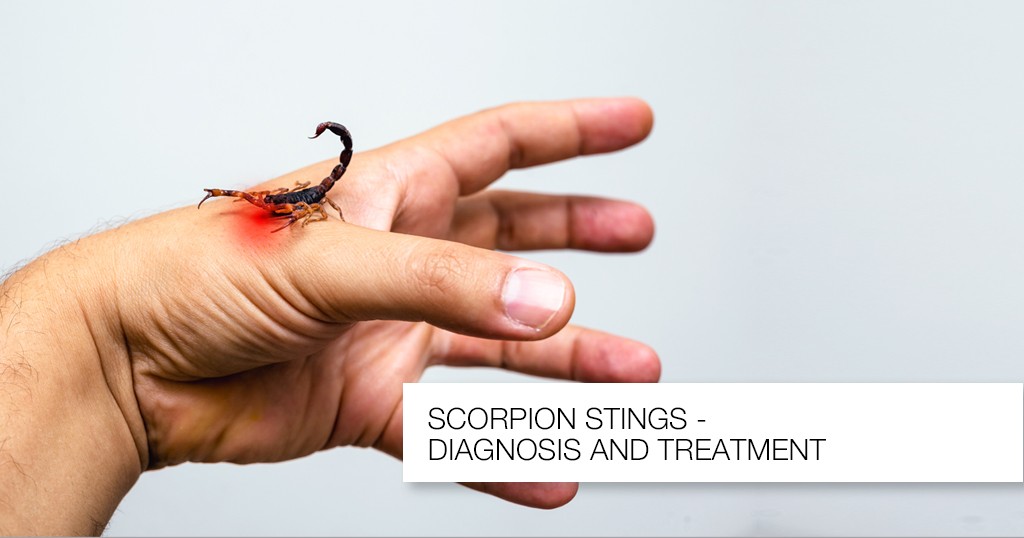
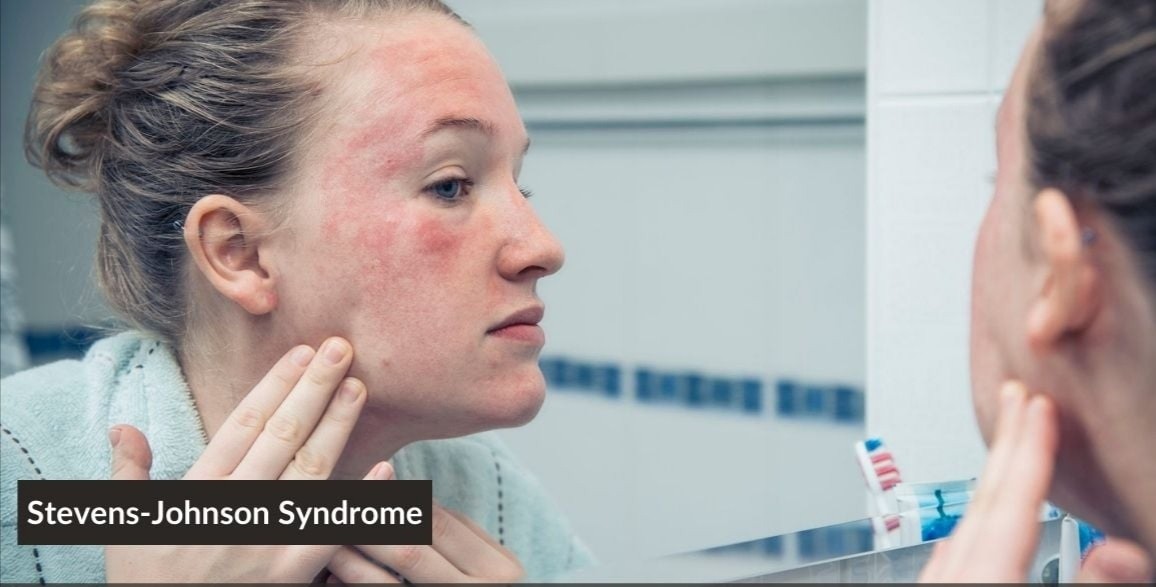


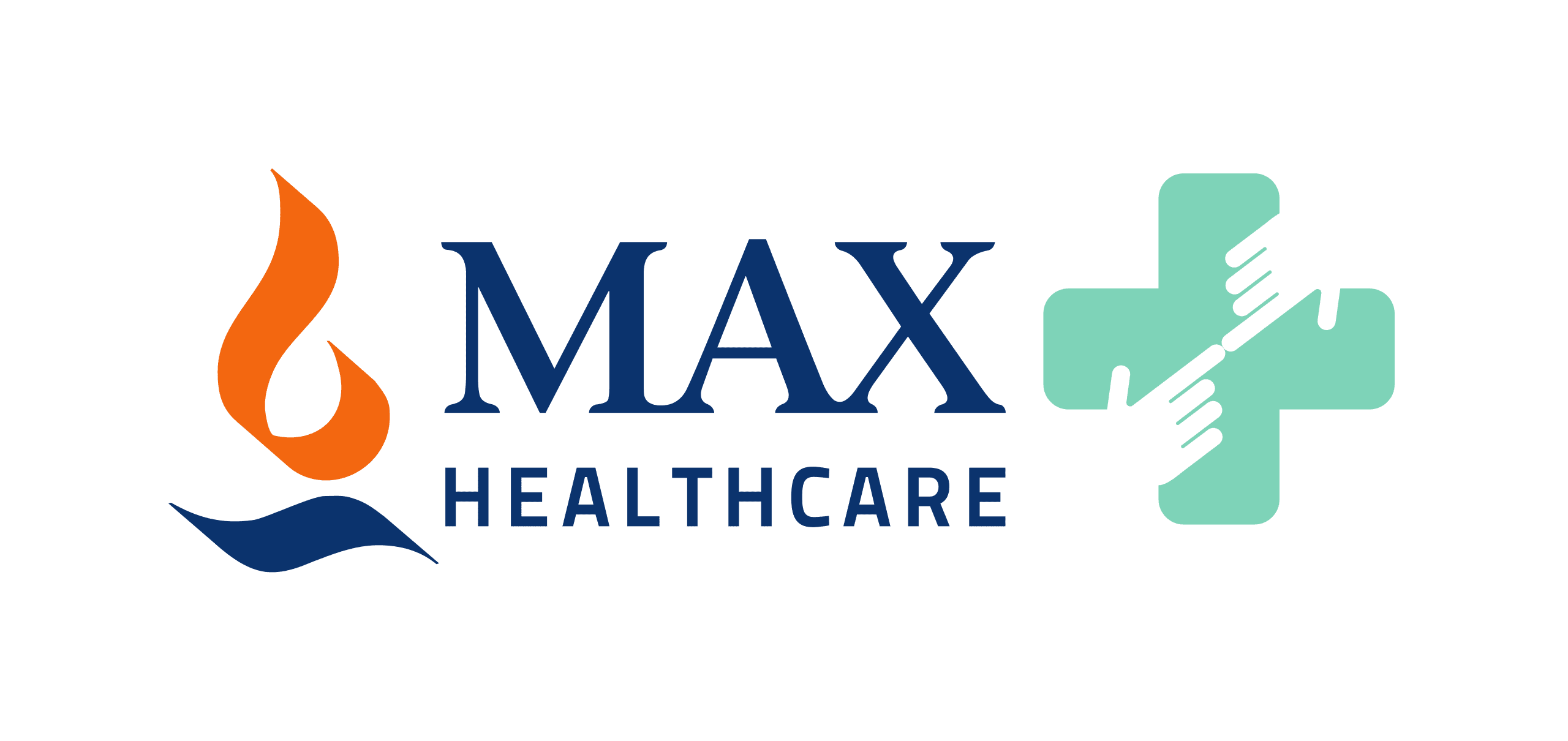

Write a public review